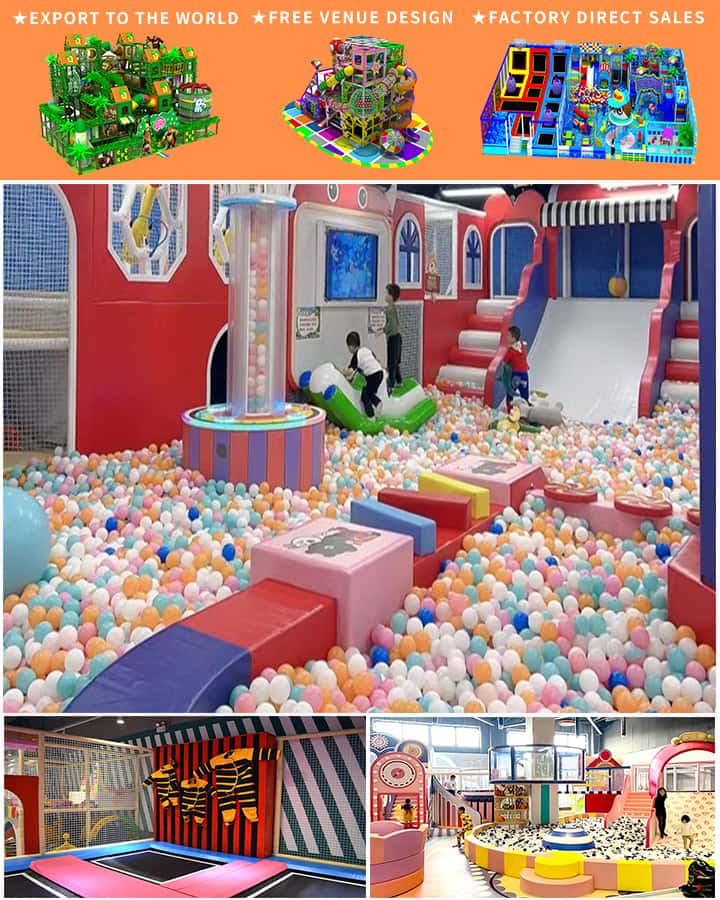Creating an indoor playground for your 3-year-old can be a fun and fulfilling project that not only entertains your child but also supports their development. At this age, children are incredibly curious, active, and eager to explore the world around them. Here’s how you can design an engaging, safe, and educational indoor playground for your little one.
Safety First
Safety is paramount when constructing an indoor playground. Start by selecting a dedicated area in your home where your child can play without constant supervision. Ensure the space is free from hazards such as sharp edges, electrical outlets, and small objects that could be swallowed. Use soft mats or foam flooring to cushion falls and protect against injuries.
Age-Appropriate Equipment
For a 3-year-old, the playground should include equipment that is both fun and suitable for their developmental stage. Here are some key items to consider:
Slides and Climbing Structures: Small slides and climbing structures help improve motor skills and coordination. Ensure they are sturdy and have a gentle slope to prevent accidents.
Ball Pits: Ball pits are a hit with toddlers. They encourage sensory exploration and physical activity. Make sure to choose balls that are large enough to prevent choking hazards.

Activity Tables: Interactive tables with built-in games or puzzles foster cognitive development and fine motor skills. Look for tables that are the right height for your child to comfortably engage with.
Role-Playing Accessories: Toddlers love pretending to be someone else. Include costumes, kitchen sets, or tool benches to inspire imaginative play.
Soft Toys and Books: A cozy reading nook with plush toys and age-appropriate books can be a delightful retreat within the playground.
Incorporating Educational Elements
An indoor playground can be more than just a place for fun; it can also be an educational environment. Integrating learning elements subtly into the play area can enhance your child’s growth. Consider these ideas:
- Shapes and Colors: Use colored mats and shape-based toys to teach basic concepts while playing.
- Alphabet and Number Games: Interactive boards and magnetic letters or numbers can make learning fun.
- Musical Instruments: Simple instruments like tambourines or xylophones can introduce your child to rhythm and sounds.
Maximizing Space Efficiently
If space is limited, creativity is key. Utilize vertical space with shelves or wall-mounted activities. Foldable or multifunctional equipment can save space and provide various forms of entertainment. For instance, a foldable pool can double as a ball pit, and a small table can transform into a craft station.
Maintenance and Hygiene
Maintaining a clean and organized play area is crucial. Regularly check for wear and tear on the equipment and ensure everything is in good condition. Wash soft toys and mats frequently to keep germs at bay. A tidy space promotes a healthy environment and makes the playground more inviting.
Personal Touches
Finally, add personal touches that reflect your child’s interests and personality. Customizing the playground with favorite characters, colors, or themes can make it even more special. Ask your child for input and involve them in the decorating process to create a sense of ownership and excitement.
Conclusion
Building an indoor playground for your 3-year-old offers endless opportunities for play, learning, and bonding. By prioritizing safety, incorporating age-appropriate equipment, and adding educational elements, you can create a stimulating environment that supports your child’s development and brings joy to their everyday life. Happy playing!




